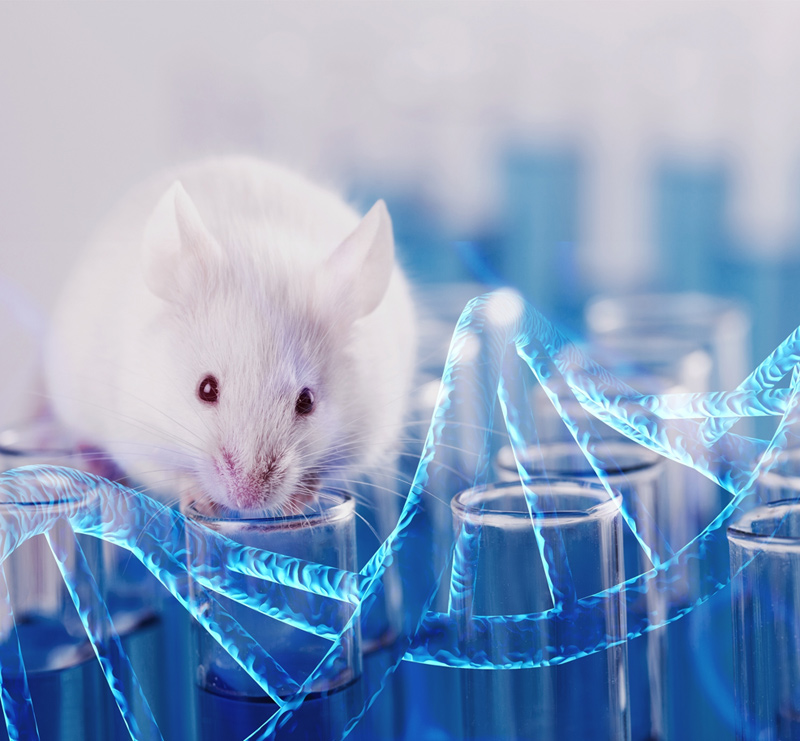
30th July 2024 Mouse model with complete human immune system Scientists in Texas have achieved a major breakthrough by developing the first mouse model with a fully functional human immune system and human-like gut microbiome.
A new "humanised" mouse model developed at the University of Texas Health Science Center at San Antonio (UT Health San Antonio) promises to significantly advance immunotherapy and disease research. Dr Paolo Casali, a distinguished professor of immunology and microbiology with nearly five decades of experience, led the project. The aim was to create a mouse that accurately mimics human immune responses, overcoming the limitations of previous models. Researchers commonly use mice due to their small size, ease of handling, and genetic similarity to us. However, existing mouse models are unable to fully replicate human immune systems. Many of the 1,600+ immunity genes in mice are incompatible with their human equivalents, which makes them useless for predicting human immune responses. The first humanised mice were created in the 1980s to model HIV infection and the human immune response to HIV. Other humanised mice have since been created by injecting mice with human lymphocytes, stem cells, and other human cells. Previous and current models, however, do not develop a fully functional human immune system, have a brief lifespan, and do not mount efficient immune responses. This makes them unsuitable for development of in vivo human immunotherapies, human disease modelling or human vaccine development. To address these issues, Casali's team injected immunodeficient mice with human stem cells, purified from umbilical cord blood, and then used oestrogen to boost stem cell survival and immune cell production. The resulting "TruHuX" mice have a complete human immune system – including lymph nodes, thymus, functional T and B lymphocytes, memory B lymphocytes, and plasma cells making highly specific antibodies identical to those of humans. The team at UT Health San Antonio demonstrated the effectiveness of their model using Salmonella Typhimurium and SARS-CoV-2, with TruHuX mice showing mature neutralising antibody responses for both, following vaccination with Salmonella flagellin and the Pfizer mRNA vaccine, respectively. THX mice are also amenable to developing full-fledged systemic lupus autoimmunity after an injection of pristane, an oil that triggers an inflammatory response. By enabling researchers to test immunotherapies and vaccines within a human-like system, this new model could potentially accelerate development processes, and a greater variety of human diseases could be studied. This platform could also reduce the need for non-human primates in biomedical research, offering a more ethical and cost-effective alternative. "By critically leveraging oestrogen activity to support human stem cell and human immune cell differentiation and antibody responses, THX mice provide a platform for human immune system studies, development of human vaccines and testing of therapeutics," explained Casali. The results of this multi-year research project appear in the August 2024 issue of Nature Immunology.
Comments »
If you enjoyed this article, please consider sharing it:
|
||||||







